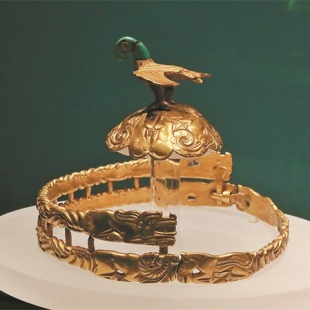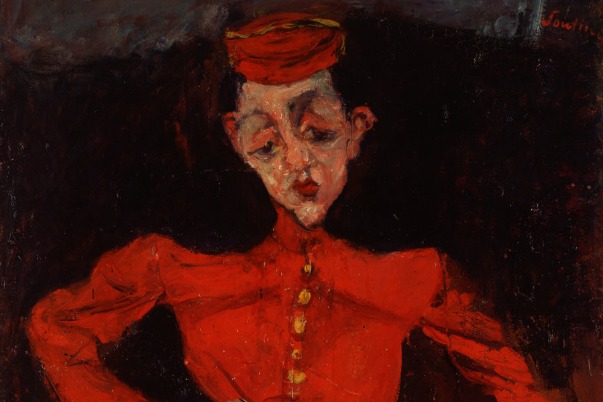Fantastical flying beasts
Major Beijing exhibition traces history of the dragon through 8,000 years of imagery, Wang Ru reports.


"We have added archaeological background information for the artifacts. You can find out in which tomb at the Niuheliang Site in Chaoyang, Liaoning province, the dragon was discovered, down to details such as the fact that it was placed on the chest of a dead person. In this way, we offer complete information about the artifacts, so visitors can quickly understand the lineage of dragons in China," says Guo.
Over time, the dragon has evolved into a cultural symbol, with people attributing spiritual qualities to the mythical creature, among them uprightness and a relentless pursuit of self-improvement. These qualities are also regarded as part of the spirit of China, according to Guo.
He mentions that another influential change to the dragon image took place during the Southern Song era (1127-1279), when Chen Rong painted dragons in a way that conveyed their twisting and turning movements in the sky, with parts of their bodies hidden by clouds. This particular representation of dragon has endured through the ages and is still widespread today.





































